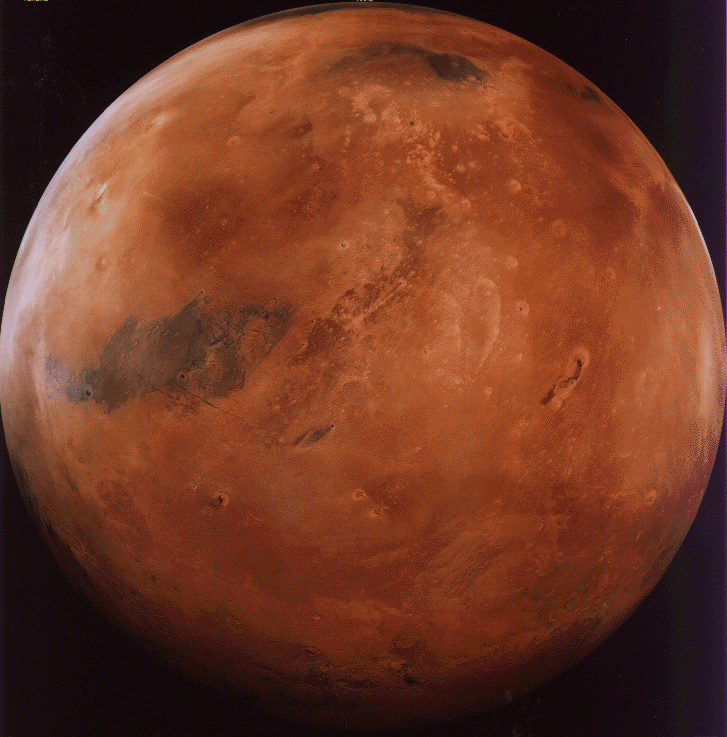Lots of interesting celestial news this week, so let's jump right in...
Scientists have long puzzled over the fact that the far side of the moon looks so very different from the near side; while we see a surface that's largely smooth with dark patches formed by ancient magma eruptions, the far side is primarily jagged and covered in debris. Researchers are now postulating that when our moon formed millions of years ago as the result of some long forgotten cosmic impact with Earth, that a second moon also formed. Over time its orbit degraded and it smashed into the moon we know and love, thus causing the rocky terrain on the impact side and smooth lowlands resulting from magma forced out from the impact on the opposite side. While computer models would seem to support this theory, there is not currently enough data to make a conclusive determination, but that could easily change with future lunar orbiters and unmanned missions.
While SpaceX founder Elon Musk is determined to save the species by going to Mars (as crazy as he may sound, he's actually 100% correct), scientists are finding new evidence of actual running water on the red planet. The Mars Reconnaissance Orbiter has returned images of seasonal streaks on the surface, which would suggest that water collects on the surface during the Martian summer and then runs downhill until it eventually evaporates back into the atmosphere. This process seems to repeat itself from year to year in areas near the equator, thus increasing the chances of some form of life, even if only in microbial form. While we do have a new rover mission heading to Mars next year, it will spend its time in an area far removed from this possible aquatic treasure trove. Even if it was closer, the Curiosity rover would be unable to investigate the equatorial regions because the rover has not been designed to insure that no Earth-based bacteria has hitched a ride and could potentially contaminate any possible Martian microbes. Honestly, I'm a little distressed that we don't take that precaution with EVERY craft we send out to another planet...
In a surprise move, Fox has ordered 13 episodes of a science documentary series meant to serve as a continuation of Carl Sagan's classic Cosmos. Even more surprisingly, the series will be executive produced by the late Sagan's wife, Ann Druyan, and Seth MacFarlane of Family Guy fame. MacFarlane, a self proclaimed science nerd, is probably the main reason the show got picked up, as he holds just a wee bit of sway with the folks at Fox. But lest you think Stewie will be teaching folks about quasars and big bang theory, have no fear, as the incredibly awesome Neil deGrasse Tyson will be serving as the show's host. Tyson feels like the absolutely perfect choice, someone funny and down-to-Earth (so to speak) who has a genuine passion for science and particularly for space exploration. If you haven't seen one of his many appearances on The Daily Show or The Colbert Report, do yourself a favor and go watch some clips. Seriously, the idea of Tyson on my TV every week teaching me super sweet space stuff has me positively giddy.
And finally, at 12:25 EST today, NASA launched the Juno capsule towards Jupiter atop the Atlas V rocket, achieving liftoff speeds of 5,413 mph. In a post-space shuttle world, it's nice to still see ships being launched off-world, and I have to say that this ship had a particularly sleek design. The Juno capsule may be unmanned, but it's still got a trio of pretty awesome passengers onboard.

No comments:
Post a Comment